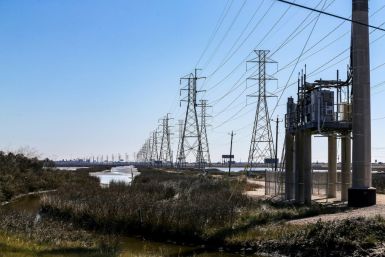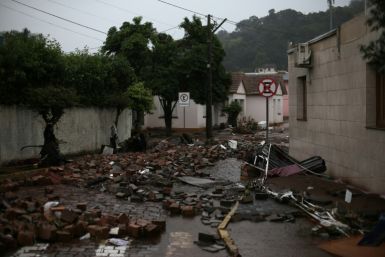Last Analogue TV Transmitter in Australia Switched Off at 9 am on Dec. 10, 2013 [WATCH]
The last analogue television (TV) transmitter in Australia has officially been switched off at 9 am on Tuesday, Dec. 10, 2013 in Melbourne, Victoria as well as other communities in eastern and central Australia. It has reportedly been used in Australia for 57 years. What this means is that all the free-to-air TV in Australia will now be available only on digital TV. Their analogue TV can still be used if a digital set-top box is used along with it.
CREDIT: YouTube/EEVblog
The Australian government even gathered together a Digital Switchover Taskforce to oversee the switching off of the last analogue TV transmitter in the Land Down Under. The Digital Switchover Taskforce was led by Nerida O'Loughlin.
O'Loughlin spoke about analogue TV signals and the historical Digital Switchover day.
"The analogue signals have been the way that people have got television signals so it's a pretty historical day for the broadcasters to switch those off permanently," said in an ABC News report.
O'Loughlin also explained the process of the Digital Switchover in Australia.
"Each transmission tower will have its own facility and the broadcasting engineers will either flick the switch or press the button and turn off the signals," O'Loughlin explained in an ABC News report.
According to O'Loughlin, the Digital Switchover in Australia has been a smooth transition.
"Most people in the Melbourne area have already converted. Figures were well over 95 per cent the last time we checked," she said in the ABC News report.
"Out in remote and central eastern Australia, many people have been receiving their television by satellite," she added.
The Australian government also has a Web site dedicated to the Digital TV Switchover that aims to help users transition from analogue TV to digital TV. All they have to do is go to www.digitalready.gov.au and type their address to get information about the level of expected signal coverage, equipment and reception advice and eligibility for government assistance. Click HERE for details about it.
Because the last analogue TV transmitter in Australia has been officially switched off after 57 years of being used there, there will be a slight adjustment to digital TV especially for those who have been used to the way things were. But, this is a welcome change towards digital advancement in Australia which promises to have better pictures and a clearer signal on their TV sets. Now, watching our favourite TV shows, whether it be local or international, will be even more fun. Happy viewing Aussie mates!






